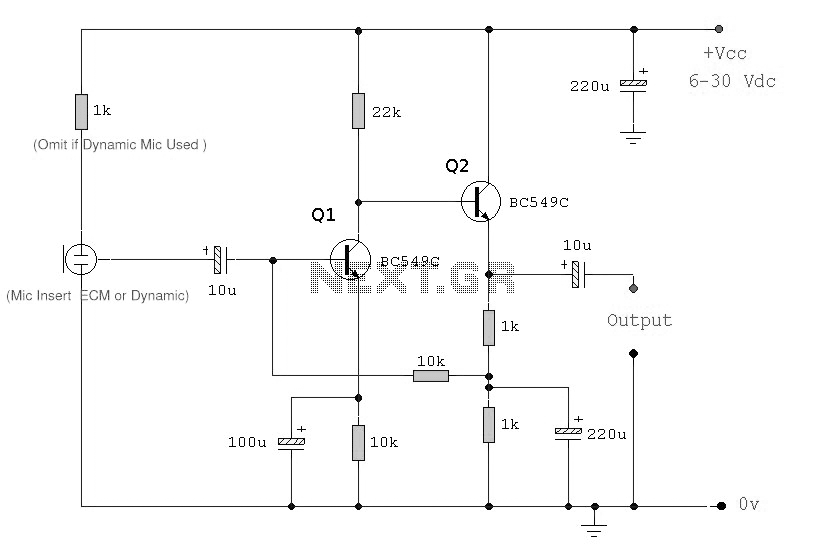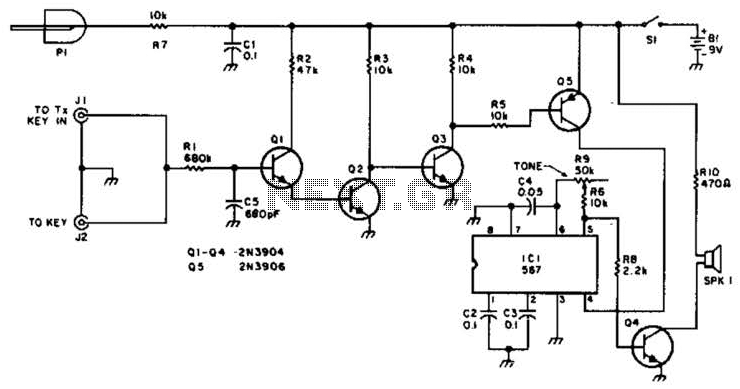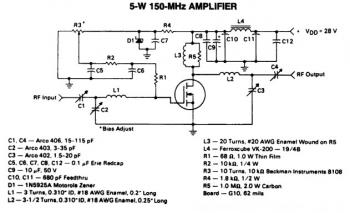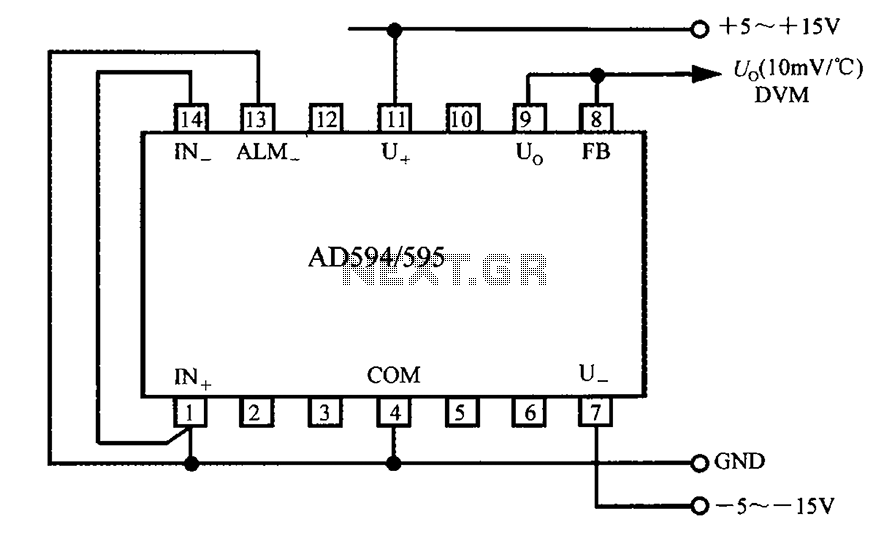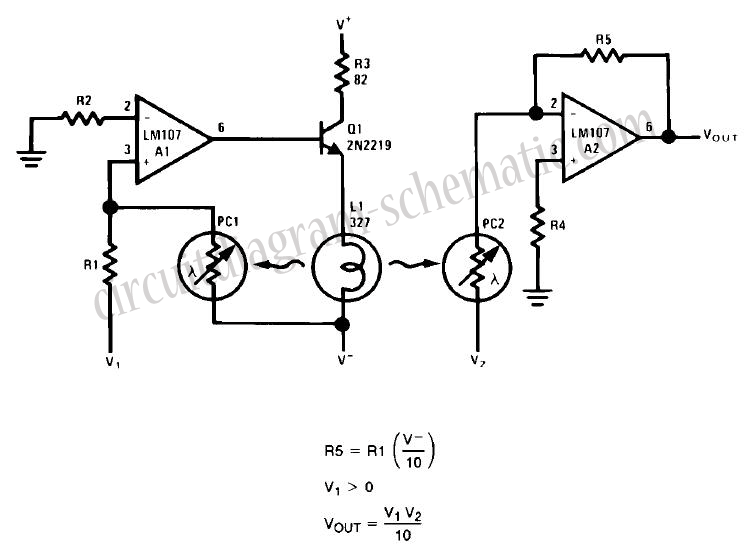
Voice Activated Switch And Amplifier Circuit
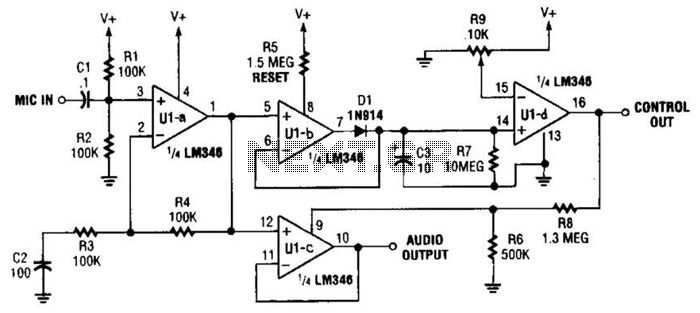
In specific applications, such as transmitters or other communications and control systems, this circuit is designed to be beneficial. It provides both audio output and DC control outputs. Additionally, R9 establishes the control threshold.
The circuit in question is versatile and can be employed in various communication and control scenarios, including but not limited to audio transmission and remote control systems. The inclusion of audio output allows for the transmission of sound signals, making it suitable for applications such as intercom systems or wireless audio devices. The DC control outputs enable the circuit to interface with other electronic components, facilitating the control of devices or systems based on the received signals.
Resistor R9 plays a critical role in defining the control threshold for the circuit. By adjusting the resistance value of R9, the sensitivity of the circuit can be fine-tuned, allowing it to respond accurately to the desired input signals. This control threshold is essential for ensuring that the circuit activates or deactivates at the appropriate signal levels, thereby enhancing its reliability and performance in various operational environments.
Additional components may also be included in the circuit design to enhance functionality. For instance, capacitors could be used to filter noise from the audio output, ensuring a clear sound signal. Diodes might be incorporated for protection against voltage spikes, safeguarding sensitive components within the circuit. Furthermore, operational amplifiers could be utilized to amplify weak signals, improving the overall signal quality and performance of the circuit.
In summary, the circuit is designed for effective communication and control in various applications, providing both audio and DC outputs. The adjustable control threshold via R9 allows for customization based on specific operational requirements, making it a valuable component in modern electronic systems. In certain applications, such as transmitter or other communications and control applications, this circuit should be useful. Both audio output and dc control outputs are provided. R9 sets the control threshold.
The circuit in question is versatile and can be employed in various communication and control scenarios, including but not limited to audio transmission and remote control systems. The inclusion of audio output allows for the transmission of sound signals, making it suitable for applications such as intercom systems or wireless audio devices. The DC control outputs enable the circuit to interface with other electronic components, facilitating the control of devices or systems based on the received signals.
Resistor R9 plays a critical role in defining the control threshold for the circuit. By adjusting the resistance value of R9, the sensitivity of the circuit can be fine-tuned, allowing it to respond accurately to the desired input signals. This control threshold is essential for ensuring that the circuit activates or deactivates at the appropriate signal levels, thereby enhancing its reliability and performance in various operational environments.
Additional components may also be included in the circuit design to enhance functionality. For instance, capacitors could be used to filter noise from the audio output, ensuring a clear sound signal. Diodes might be incorporated for protection against voltage spikes, safeguarding sensitive components within the circuit. Furthermore, operational amplifiers could be utilized to amplify weak signals, improving the overall signal quality and performance of the circuit.
In summary, the circuit is designed for effective communication and control in various applications, providing both audio and DC outputs. The adjustable control threshold via R9 allows for customization based on specific operational requirements, making it a valuable component in modern electronic systems. In certain applications, such as transmitter or other communications and control applications, this circuit should be useful. Both audio output and dc control outputs are provided. R9 sets the control threshold.
